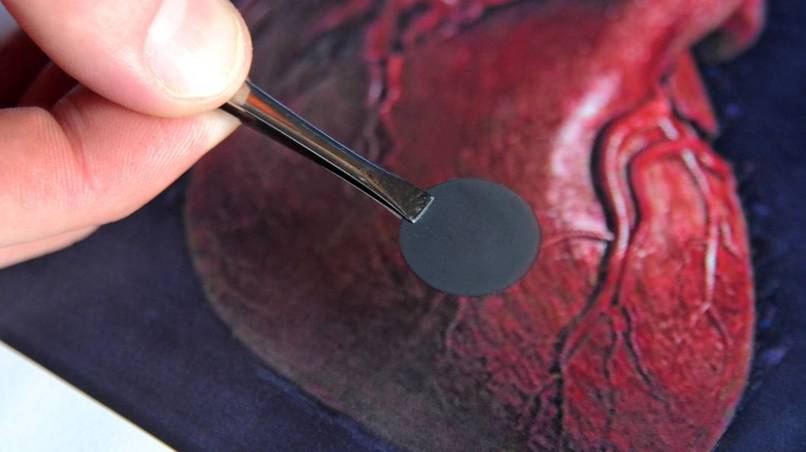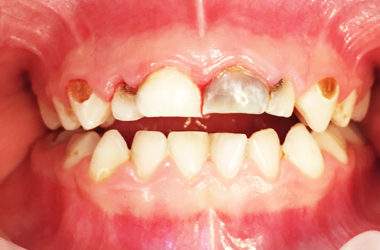A heart attack, also called myocardial infarction or MI, happens when a part of the heart muscle becomes deprived of blood and oxygen. Usually, it is caused by the narrowing of the arteries that supply blood to the heart itself. Such narrowing is often brought about by coronary artery disease.
These days, a lot of people can recover from a heart attack, thanks to modern-day medicine. However, the heart of the person who suffered from a heart attack usually ends up scarred. This is not a good thing because it sure does have a negative impact on the functioning of the heart. With a scar present, the heart won’t be able to pump blood efficiently and optimally. Eventually, it may cause the heart to fail to function.
Scientist have just developed a patch that is said to help in the regeneration of a scarred cardiac muscle and ultimately make the scar replaced by new muscle fibers to allow the heart to work in the most efficient manner possible. As of writing, the effectiveness of this patch has only been tested on the hearts of pigs and mice that suffered a heart attack.
It is by examining certain animals such as fish that the development of this amazing patch came into being. You see, the heart muscles of fish are capable of regenerating itself in case they get damaged. Based on the studies conducted by scientists from Stanford, the tissue responsible for the regenerative abilities of the cardiac muscle of fish is the epicardium. Even the heart of a human being has an epicardium, a layer of serous membrane that sits on the heart muscle.
Further prying allowed scientists to discover that the epicardium of the heart of fish could actually stimulate the cardiac muscles to replicate, thus causing the repair of damaged parts of the heart.
In order to find out what makes the epicardium capable of doing such, scientists had to take a look at all the compounds present in the said covering of the heart in order to pin point the ones directly responsible for the amazing ability of the cardiac muscles of a fish’s heart to regenerate. They have discovered more than 300 proteins present in the epicardium. With continuous testing, they were able to zoom in on the one that they were looking for exactly: follistatin-like 1 (FSTL1) which is capable of encouraging cellular growth and renewal.
Right after the concerned scientists found out about FSTL1, they started to spring into action by developing a prototype patch that could encourage the regeneration of heart muscles damaged by a heart attack.
What they did was they infused a simple collagen patch with FSTL1. Because the said patch was as flexible as the cardiac muscle, having it incorporated into the heart should not be a problem. Also eliminating any failure with the experiment is the fact that the body would not reject the patch as it’s made of collagen. This means that the administration of immunosuppressive drugs designed to keep the body from rejecting an implant may be skipped.
Once in place, the prototype patch would release FSTL1 directly into the heart muscle in controlled amounts. This would stimulate the regeneration of new heart muscle fibers, replacing scarred ones caused by a heart attack.
Thus far, scientists have succeeded in using the patch on the hearts of pigs and mice that had suffered from a heart attack. They have discovered that the collagen patch infused with FSTL1 was able to restore the functioning of the heart close to normal in just 4 to 8 weeks after having it implanted. The concerned scientists are hoping to proceed with human clinical trials in the year 2017.












